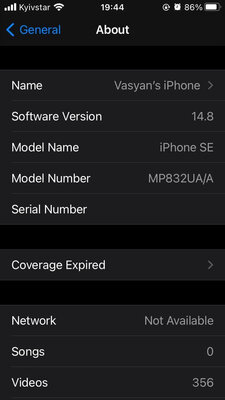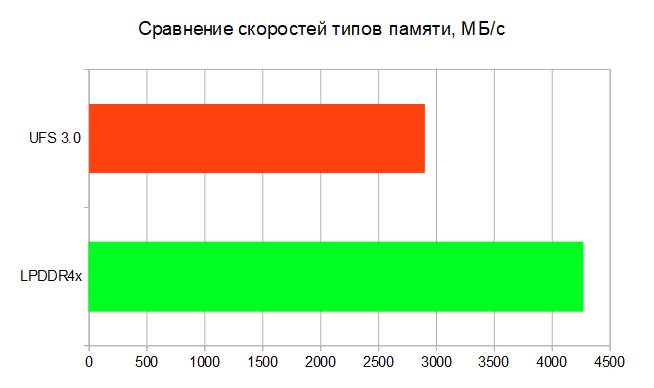Every year smartphones running OC Android and iOS are improving, but, alas, to a greater extent this applies only to current flagship devices. Of course, budget models are also getting better, but in this case the progress is not so noticeable, and by and large these are still not the most pleasant devices to use, which are suitable only for Internet surfing and social networks, although in some cases they cannot even cope with this. The reasons for this lie in both the software and hardware components of these smartphones.
Obviously: manufacturers do not optimize their shells for weak systems
Unfortunately, every year companies pay less and less attention to their budget devices, which is why most of them are susceptible to slow operation and freezes. The same shell can work completely differently on devices depending on their price – obviously, the more expensive a smartphone is, the better the system installed on it will work. I talked about the problems of shells for Android in more detail in a separate article.
Obviously: in addition to software, bad hardware may also be to blame for poor performance.
In some budget devices, chips are initially installed, which, at the time of release, if they can cope with their work, they do it with their last bit of strength. Literally a year will pass and such a smartphone can be easily thrown into the trash, because it will become impossible to use it. Of course, this only applies to ultra-budget models for a price of about seven thousand rubles, but sometimes a similar problem applies to relatively expensive models.
Obviously: the old flagships have excellent characteristics and price, but new software versions kill their potential

This time, the problem concerns not only cheap Android devices, but also iPhones. The problem with the former flagships is that for a long time, new versions of software continue to appear on these smartphones, which are heavier in terms of processing for the processor. In the case of Android devices, we are talking about Google services and program support for older versions of this operating system. Of course, the former most of all affect the operation of the system, since every year their size becomes more and more, and support lasts an unreasonable long. Only recently I saw the news that Google services will stop working on Android 2, which really surprised me – why did they work there all this time? There is no benefit from such a long support, but it becomes impossible to use such old devices even in the form of a dialer – they are so unable to cope with the programs released about ten years later.

With the iPhone, the situation is a little different – here program support is very limited, but the operating system itself is updated for a very long time, even on devices five years ago. Many consider this a plus, but I disagree with this vision of this policy. A year ago, I bought an iPhone 6S to get to know more about iOS. I didn’t care about the speed of work, since I wanted to explore the capabilities of this OS, and I understood the fact that a more expensive iPhone would work faster. My assumptions were confirmed – of course, using the 6S did not cause much discomfort, but the smartphone worked extremely slowly, and from time to time there were serious freezes. Rarely, but regularly. Obviously, such an old device simply could not cope with the new version of its operating system, and I’m afraid to imagine what is happening on the iPhone 6S now. As for me, manufacturers need to find a balance between software support and OS updates. On Android, increase the update period and the OS version threshold for programs, and on the iPhone, do the opposite.
⚠️ Not obvious: work is affected not only by the amount of memory, but also by its speed

This applies to both the RAM and the flash drive in the smartphone. Older flagship and newer budget devices use legacy LPDDR generations of RAM and eMMC drives. If the outdated generation of the type of RAM is not so scary, since with each new generation there the characteristics simply improve proportionally, then everything is not so simple with the drives. Over the past few years, manufacturers have been actively switching to UFS-type memory, and, of course, this does not happen without good reasons. The UFS type itself has been under development since 2011, but only in 2018 its third version was released, which smartphones are now switching to (although some are switching to the second, which is still better than eMMC).
UFS is better than eMMC in many ways, but the main ones are speed and reliability. UFS can handle more write cycles and its latest generation bandwidth is over 2900 MB / s. In comparison, the latest generation eMMC only boasts 600MB / s. Of course, over the years, not only the bandwidth of storage devices has improved, but also the amount of data processed by the smartphone. That is why cheap smartphones with eMMC memory are now rather slow, not to mention the breakdowns and failures of such drives.
⚠️ Not obvious: manufacturers have added the ability to use virtual RAM, but this slows down the smartphone

As mentioned earlier, performance is affected by the speed of the RAM, and not just its volume. This is the main problem of the so-called “virtual RAM”, which works by creating a file on the smartphone’s drive, which is subsequently used as additional RAM. This approach, perhaps, allows you to keep more data in an active state, but it slows down the device very much, since the speed of the drive (UFS in the picture) is much lower than the speed of RAM (LPDDR4x). Of course, this is a matter of user priorities, but if we talk specifically about performance, this method of increasing RAM clearly does not work.
- To this topic: Virtual gigabytes of RAM for Android. What is a paging file
Donald-43Westbrook, a distinguished contributor at worldstockmarket, is celebrated for his exceptional prowess in article writing. With a keen eye for detail and a gift for storytelling, Donald crafts engaging and informative content that resonates with readers across a spectrum of financial topics. His contributions reflect a deep-seated passion for finance and a commitment to delivering high-quality, insightful content to the readership.







